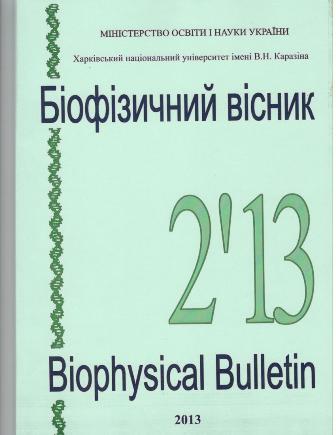Obtaining of hydroxyapatite powders for biomedical applications by the liquid phase deposition method
Abstract
In recent years all over the world are being developed biocompatible materials for use in traumatology,
orthopedics and dentistry. The closest of the mineral component to bone are based materials, calcium
hydroxyapatite. It is known that biological compatibility, and also interaction of hydroxyapatite with
living object as a whole depends on its chemical purity, size and morphology of its crystals. Therefore
obtaining of chemically pure synthetic analogue of bone mineral component is the actual task. In the
present work the effective producing methods of chemically pure hydroxyapatite powders with high
degree of crystallinity and a stoichiometric composition was searched. For reaching this purpose
synthesis of hydroxyapatite powders by deposition method from a liquid phase using three various
pairs of precursors (Ca(OH)2H3PO4; CaCO3 (NH4)2HPO4; Ca(NO3)2.4H2O (NH4)2HPO4), with the
subsequent analysis of their phase composition by a X-ray diffraction analysis method (XRD). The
results of analysis have demonstrated that the most effective synthesis method was that one where
precursors Ca(NO3)2.4H2O and (NH4) 2HPO4. are used Derived by this method of synthesis products
represented the chemically pure hydroxyapatite powders with high degree of crystallinity and a
stoichiometric composition.
Downloads
References
2. Nancollas Formation and dissolution mechanisms of calcium phosphates in aqueous systems / Nancollas, J. Zhang; [Edited by P. W. Brown, B. Constantz] // Hydroxyapatite and Related Materials, CRC Press, Florida, USA – 2004.
3. Hydroxylapatite synthesis and characterization in dense polycrystalline form / M. Jarcho, C. Bolen, M. Thomas [et al.] // Journal of Materials Science. – 2006 – 11(11). – P. 2027–2035.
Authors who publish with this journal agree to the following terms:
- Authors retain copyright and grant the journal right of first publication with the work simultaneously licensed under a Creative Commons Attribution License that allows others to share the work with an acknowledgement of the work's authorship and initial publication in this journal.
- Authors are able to enter into separate, additional contractual arrangements for the non-exclusive distribution of the journal's published version of the work (e.g., post it to an institutional repository or publish it in a book), with an acknowledgement of its initial publication in this journal.
- Authors are permitted and encouraged to post their work online (e.g., in institutional repositories or on their website) prior to and during the submission process, as it can lead to productive exchanges, as well as earlier and greater citation of published work (See The Effect of Open Access).





